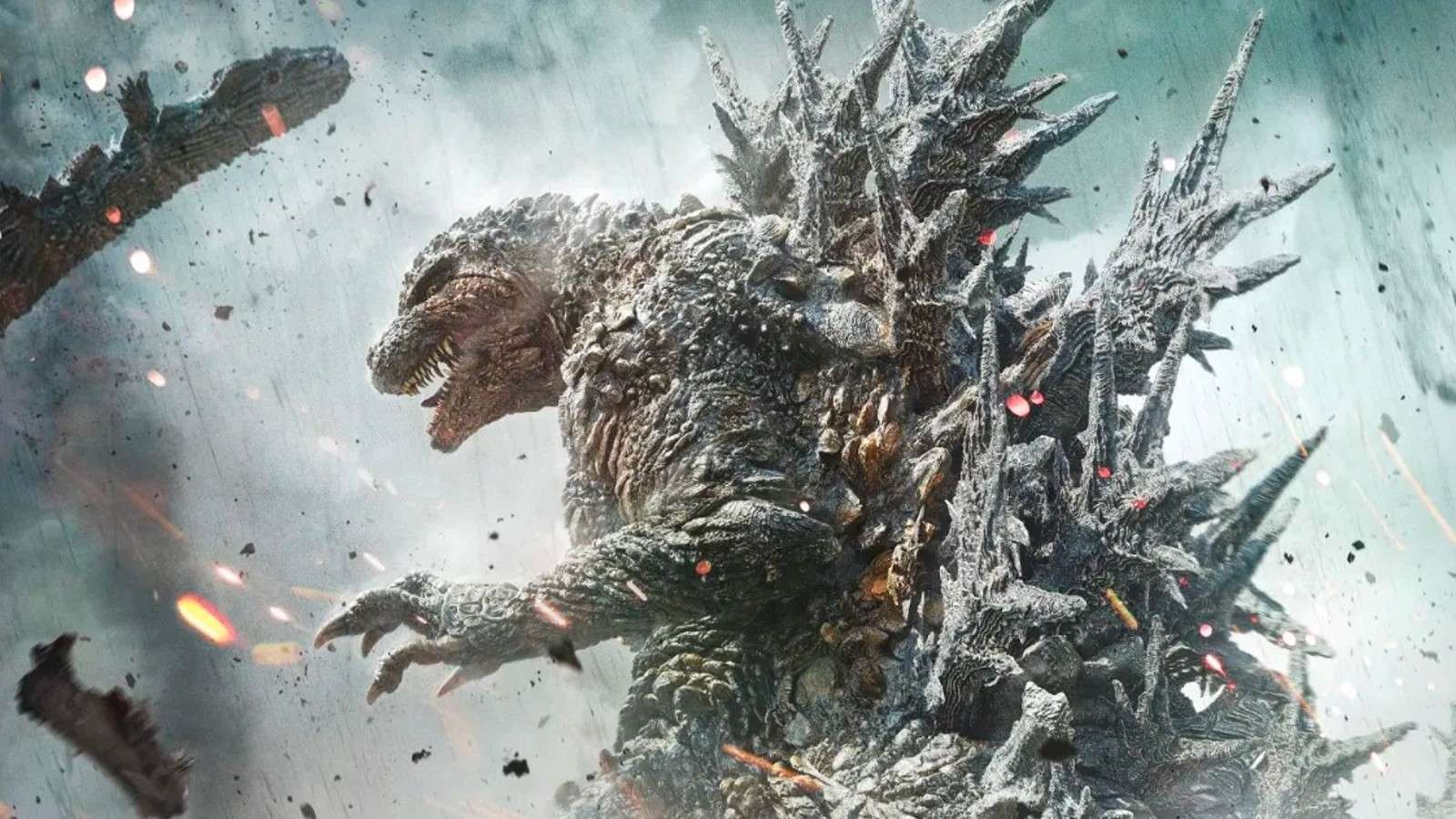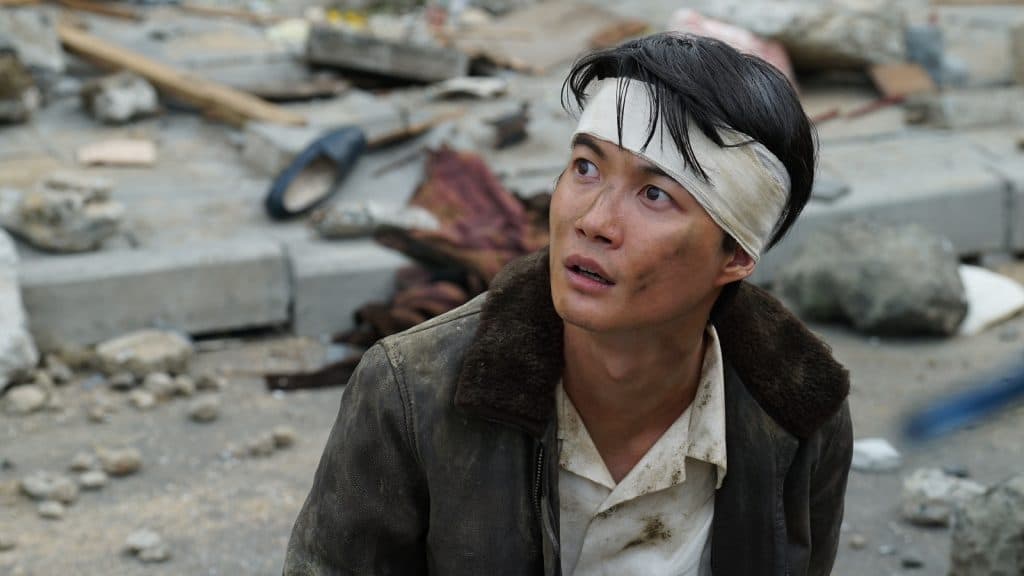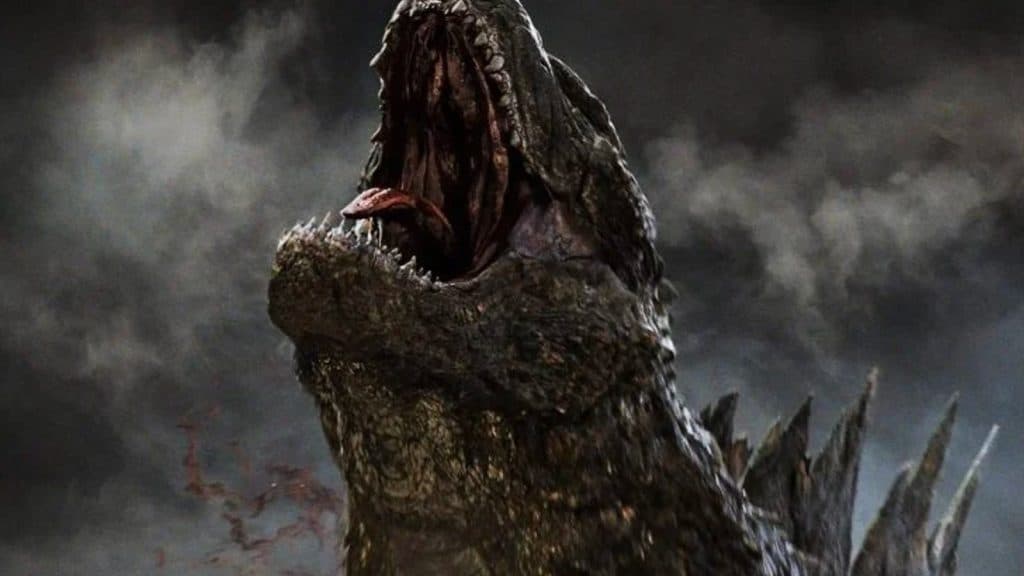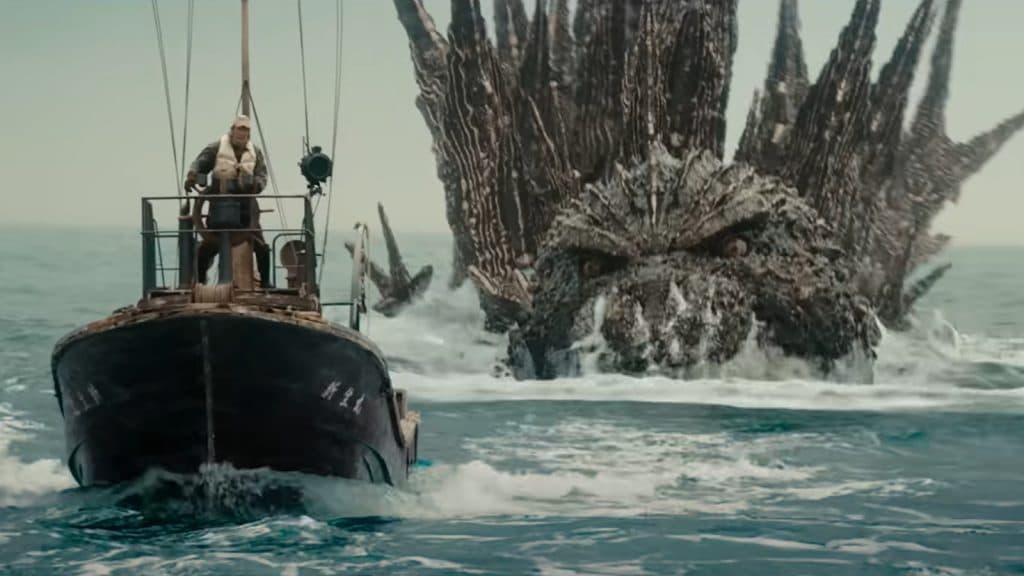Godzilla Minus One review: Puts Hollywood to shame
 Toho
TohoIf you’re a Godzilla purist, chances are you’ve been holding out for Godzilla Minus One – and rightly so. Not only is the 33rd entry in the Toho Studios canon (all that MonsterVerse business is its own thing), but it’s also Toho’s first new Godzilla movie in seven years. Who wouldn’t be excited?
And that’s without getting into the “70th anniversary” of it all. Contractual obligations prevented Toho from releasing Godzilla Minus One to coincide with Godzilla’s actual 70th birthday in 2024, yet the production – at once both a remake and reboot – is clearly a tribute to the 1954 original.
That’s a lot of baggage to dump on a film, especially one with a fanbase as passionate as the Godzilla franchise. Yet if writer-director Takashi Yamazaki struggled with this burden while making Godzilla Minus One, it doesn’t show in the finished film.
There’s a calm assuredness on display here – a willingness to take risks with the franchise’s formula that less confident filmmakers wouldn’t have contemplated. The result is a Godzilla outing unlike any in recent memory that (minor quibbles aside) surely rates among the oversized lizard’s finest big screen appearances. Warning: minor Godzilla Minus One spoilers to follow.
A very human monster movie
Yamazaki’s biggest roll of the dice on Godzilla Minus One is the ground-level perspective of its story. Yes, other Godzilla flicks (and shows) have followed events from the vantage point of their human characters, but even so, you’re never in doubt that the big green guy himself is the main attraction.
That’s not the case in Godzilla Minus One, though. Protagonist Kōichi Shikishima (Ryunosuke Kamiki) and his inner circle are the real stars, and the movie plays like a conventional period drama for long stretches of its runtime.
If anything, Godzilla is more of a MacGuffin in Godzilla Minus One. The overgrown dinosaur’s arrival on the scene is what sets up Shikishima’s survivor’s guilt character arc, just as his subsequent return shapes Shikishima’s choices (and those of everyone else in postwar Tokyo) throughout the remainder of the film.
Like I said, this is a massive gamble on Yamazaki’s part, but fortunately, it largely pays off.
Old meets new in Godzilla Minus One
I say “largely” because Godzilla Minus One is very deliberately a modern spin on a classic movie – with all the good and the not-so-good that entails.
In the plus column, Yamazaki’s adherence to old-school filmmaking fundamentals ensures that Godzilla Minus One’s plot hangs together nicely. New elements such as Shikishima’s backstory as a disgraced kamikaze pilot and his burgeoning relationship with Minami Hamabe’s Noriko are suitably engaging and dovetail neatly with narrative beats recycled from 1954’s Godzilla.
What’s more, the pacing is impressively brisk, which means that Godzilla Minus One’s many lengthy, kaiju-free stretches rarely drag. The wry humor peppered throughout proceedings also deserves a mention, as it further endears us to Shikishima, Noriko, and their pals.
And that’s important, because Godzilla Minus One’s effectiveness hinges on you wanting its core roster to make it out alive – and odds are you will. Indeed, Godzilla Minus One is a disarmingly moving film at times, especially during its rousing (if improbable) third act.
 TOHO
TOHOIt’s also great to look at, thanks to Kōzō Shibasaki’s lush cinematography and the use of location shooting and practical sets over soundstages and green screens.
Both lend an unmistakable sense of place to Godzilla Minus One’s story, so when Godzilla’s rampage inevitably takes Tokyo from “zero” to “minus one” (as the movie’s title is meant to convey), you’ll actually feel the weight of what that means.
You’ll believe it’s all happening, too – the visual effects by Shirogumi Inc. under Yamazaki’s direct supervision really are that polished. Are some shots more convincing than others? Sure. But the overall consistency of Godzilla Minus One’s CGI puts that of most recent Hollywood releases to shame.
It’s genuinely dazzling stuff, as is Naoki Satō’s haunting score, which elevates many of the film’s more striking moments to an almost operatic level.
The big problem with Minus One? Godzilla
With so much going for it, you’d be forgiven for thinking Godzilla Minus One is popcorn perfection. But it’s not, and funnily enough, that’s most Godzilla’s fault. In short: he’s not that scary, save for a handful of moments littered throughout the movie – particularly those where Yamazaki riffs on Jaws.
Like a lot of real-life performers, this version of Godzilla – a cutting-edge throwback to the monster’s original design – has good and bad angles. In fact, he’s at his most intimidating when he’s only partially visible, because whenever we get a clear look at the beastie’s bug eyes, pug snout, and chicken arms (not to mention his stiff posture and awkward gait) they can come across, well, goofy.
At the same time, Yamazaki’s willingness to obscure or even outright ignore Godzilla Minus One’s titular character is as much a curse as it is a blessing.
 TOHO
TOHOYes, Godzilla’s repeated absences give us time to fall in love with the reboot’s human cast, and yes they’re deftly explained in-universe (like many wild animals, our guy likes to prowl his territory, as well as cause havoc). But even so, having Godzilla Minus One’s sole source of peril periodically disappear doesn’t simply release audience tension – it outright kills it.
Yet this isn’t a terminal flaw by any means and what Godzilla lacks in either terror or tension he largely makes up for in sheer implacability whenever he’s back on screen.
The same goes for Godzilla Minus One’s other big artistic swing: its heightened performances. Kamiki, Hamabe, and their co-stars all ape the melodramatic acting style of 1954’s Godzilla, which should be enough to sink the film but somehow doesn’t, even when it undercuts the more poignant scenes.
A monster movie with something to say
Godzilla Minus One’s ability to steamroll over these and other, more minor shortcomings is largely down to the production’s thematic heft. Like the 1954 original, it’s a monster movie with something to say – a welcome change from some of the brainlessness of some of the more recent MonsterVerse efforts.
The usual “horrors of the atomic age” subtext are present and accounted for in Godzilla Minus One, but Yamazaki’s take on the mythos weaves in criticism of both Imperial Japan and Cold War America. Both are tainted by an original sin – waging a war that cost countless lives and unleashed nuclear atrocities on the world – that Godzilla both represents and demands they pay for.
 TOHO
TOHOBut it’s not the postwar Japanese government who ultimately have to reckon with Godzilla’s retribution, nor is it those in the White House. It’s the little people of Tokyo who have to foot the bill, just as they did when they marched to the frontline or hunkered down in their bombed-out homes. “Why do we always draw the short straw?” a frustrated ex-soldier demands to know at one point, and no one can answer.
And yet as depressing as this seems, Godzilla Minus One has faith in everyday people to save themselves when those in power inevitably fail them. That’s the real takeaway here: we’ll be okay if we just stick together. It’s hardly a subtle message, conceptually or in its execution, but it is a nice one. Besides, this is a movie starring a giant lizard with atomic breath; subtlety was never on the menu.
Godzilla Minus One review score: 4/5
Godzilla Minus One is a lovingly crafted, thoughtful blockbuster that should appeal to purists and casual viewers alike. Is it the unqualified masterpiece we were promised? Not quite. But Godzilla Minus One is still a worthy addition to the franchise canon all the same.
Godzilla Minus One is in cinemas now. You can check out our other coverage below:
- Godzilla Minus One ending explained
- Is Godzilla Minus One in English?
- Is Godzilla Minus One a reboot?
- Godzilla Minus One budget
- Godzilla Minus One director wants to make a sequel
- Godzilla Minus One beats Oppenheimer as highest-rated 2023 blockbuster
- Fans realize Oppenheimer is the “father” of Godzilla
- Godzilla Minus One actor reveals insane scene didn’t use VFX
- How to watch Godzilla Minus One – is it streaming?